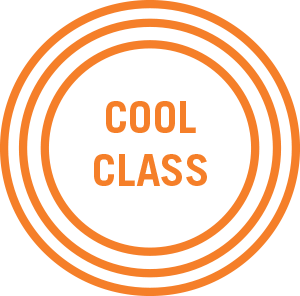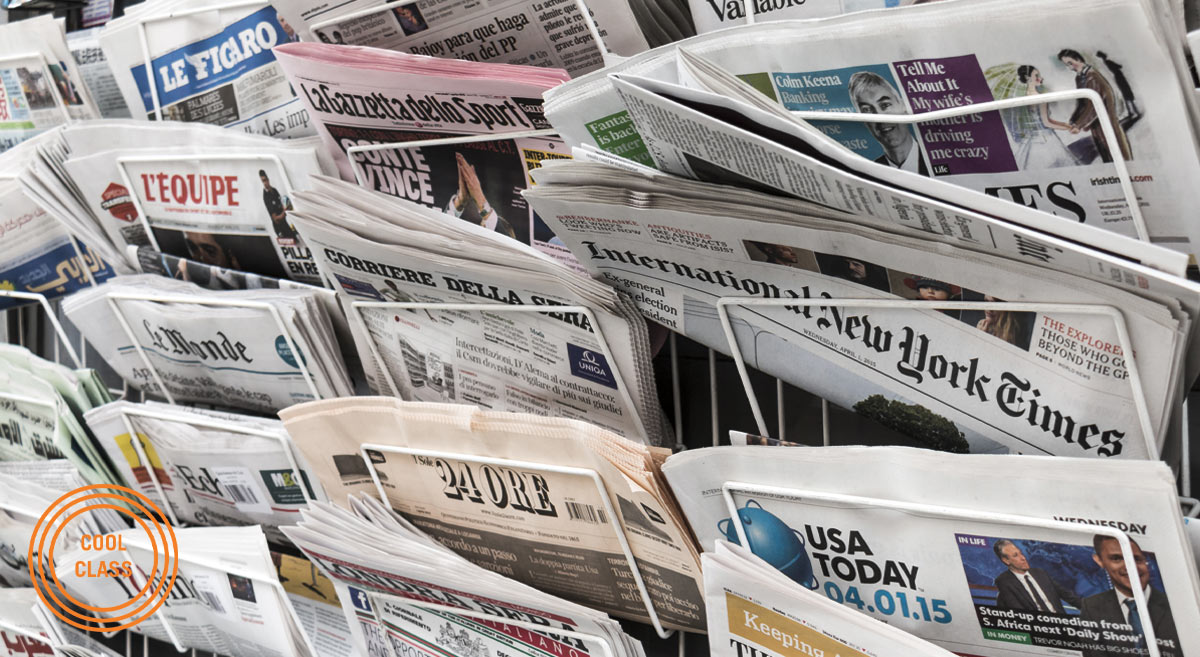

Public Writing for Media
The news is such a massive facet of our daily existence. We’re bombarded with an overwhelming amount of information, much of it delivered by talking heads trying to tell us which facts actually matter and how they should be interpreted. My course focuses on the rhetorical techniques used in the media sphere to advance a certain point of view. My students and I read the daily news online in light of the principles of classical rhetoric to identify how news articles draw from some tried-and-true formulas for persuasive argumentation. I then teach students how to apply those formulas to their academic writing.
At base, my course is an introduction to the principles of effective argument-driven essays. It also helps prepare students to communicate wisely about profound civic issues at Bucknell and beyond. I hope that my course inspires them to look beyond the surface of things and read deeply in order to make sense of a world that sometimes feels senseless. Ultimately, my broader goal is to help them become authors rather than spectators — leaders who can contribute eloquently to our ever-evolving narratives of the way things are and the way they could be.
— Kat Lecky